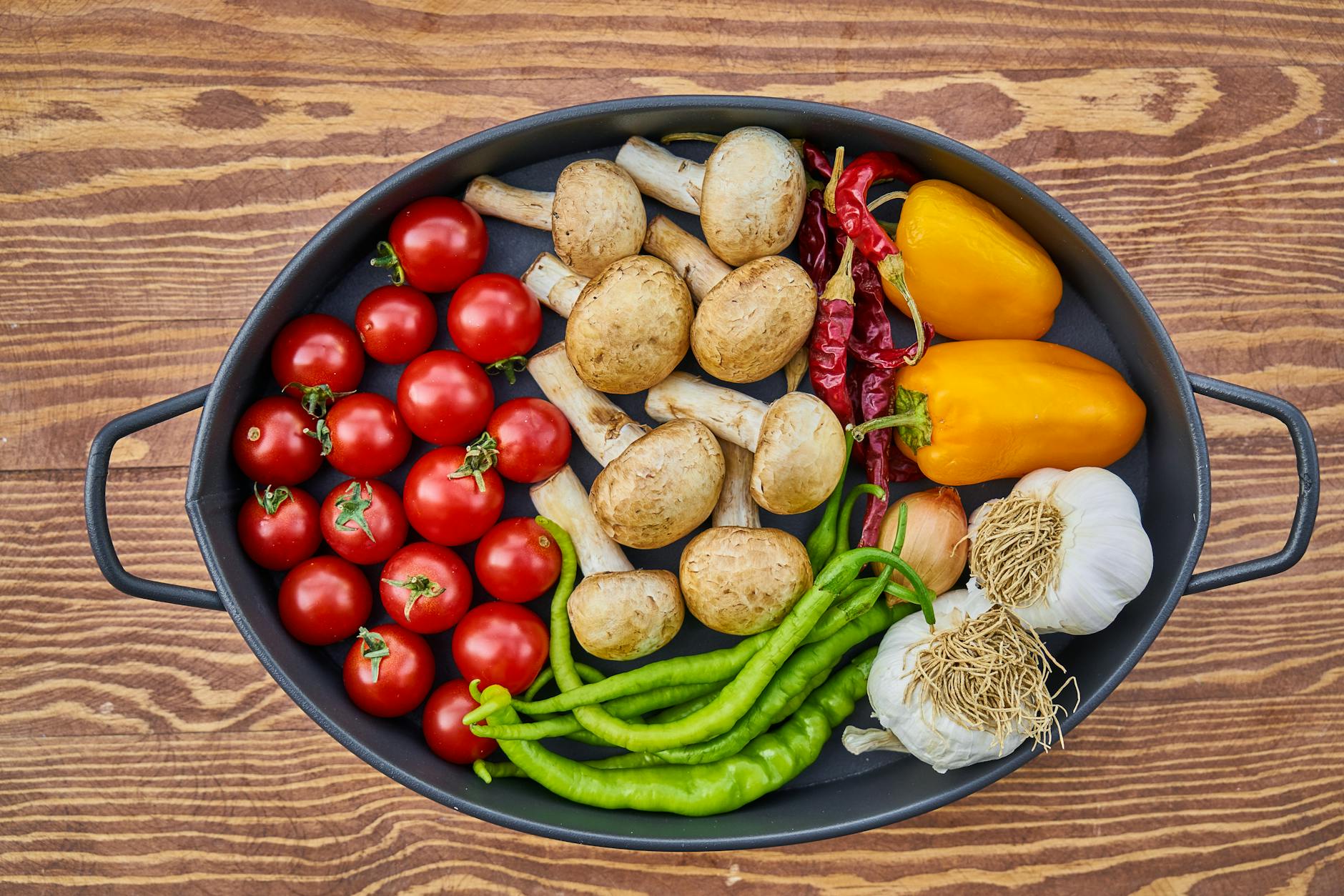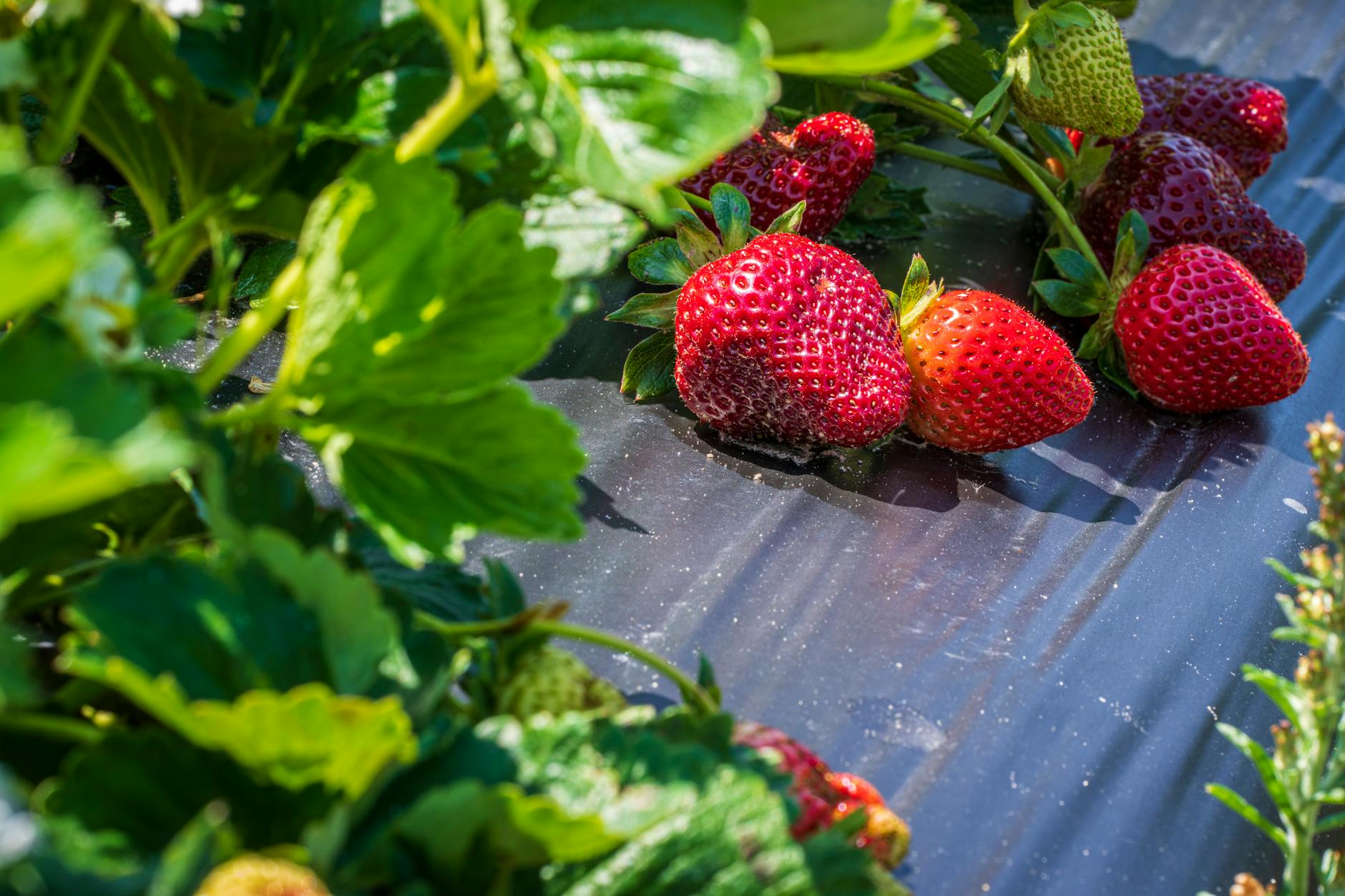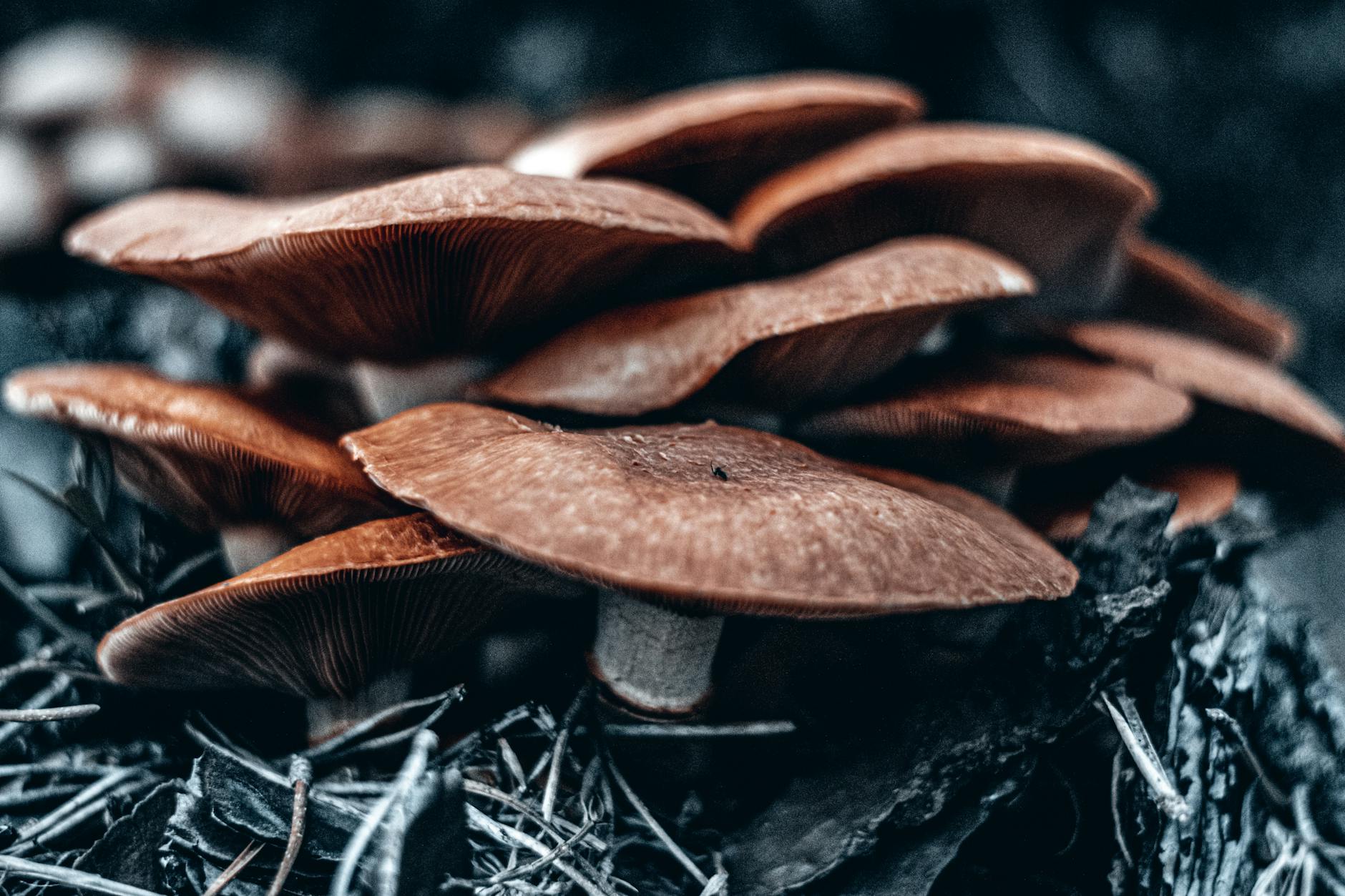In the realm of mushroom cultivation, utilizing the right substrate recipes can significantly enhance yields and overall growth. These recipes are a crucial element in the cultivation process, as they provide the necessary nutrients and environment for mushrooms to flourish. By employing these effortless techniques, enthusiasts can witness impressive results in their harvests. From oyster mushrooms to shiitake, each variety has its preferred substrate recipe that maximizes productivity and quality. In this article, we will explore various mushroom substrate recipes and how they can boost yields with simple yet effective methods.
Understanding Mushroom Substrates
Before delving into specific recipes, it is essential to grasp the concept of mushroom substrates. Substrates are the materials on which mushrooms grow, providing them with nutrients and support for development. Common substrates include straw, sawdust, coffee grounds, and agricultural by-products like corn cobs or wheat bran. The choice of substrate depends on the mushroom species and desired growing conditions. Each substrate has unique characteristics that influence the growth and yield of mushrooms.
Oyster Mushroom Substrate Recipe
Oyster mushrooms are one of the easiest types of mushrooms to grow, making them a popular choice among home cultivators. A simple oyster mushroom substrate recipe involves combining pasteurized straw with gypsum and water. The straw provides the necessary nutrients for the mushrooms, while gypsum helps maintain proper pH levels. After mixing the ingredients, the substrate is then packed into sterilized bags or containers for incubation and fruiting.
Shiitake Mushroom Substrate Recipe
Shiitake mushrooms are prized for their rich flavor and meaty texture, making them a sought-after ingredient in various cuisines. To create an ideal substrate for shiitake cultivation, a mixture of hardwood sawdust and wheat bran is commonly used. This blend provides a balanced nutrient profile for the mushrooms and promotes robust growth. The substrate is sterilized to eliminate competing organisms, ensuring a favorable environment for shiitake mushrooms to thrive.
Reishi Mushroom Substrate Recipe
Reishi mushrooms, known for their medicinal properties and unique appearance, require a specialized substrate recipe to support their growth. A blend of hardwood sawdust, rice bran, and gypsum is often recommended for cultivating reishi mushrooms. This substrate provides the necessary nutrients and structure for the mushrooms to develop their distinct conk-like fruiting bodies. Proper sterilization and humidity levels are essential to successfully grow reishi mushrooms on this substrate.
Conclusion
In conclusion, mushroom substrate recipes play a vital role in the cultivation process and can significantly impact yields and quality. By selecting the right ingredients and following proper techniques for substrate preparation, growers can optimize their harvests and enjoy a bountiful supply of fresh mushrooms. Whether cultivating oyster, shiitake, reishi, or other mushroom varieties, understanding the unique substrate requirements is key to successful cultivation. With the right knowledge and a bit of effort, anyone can boost their mushroom yields using these effortless techniques. Happy growing!


